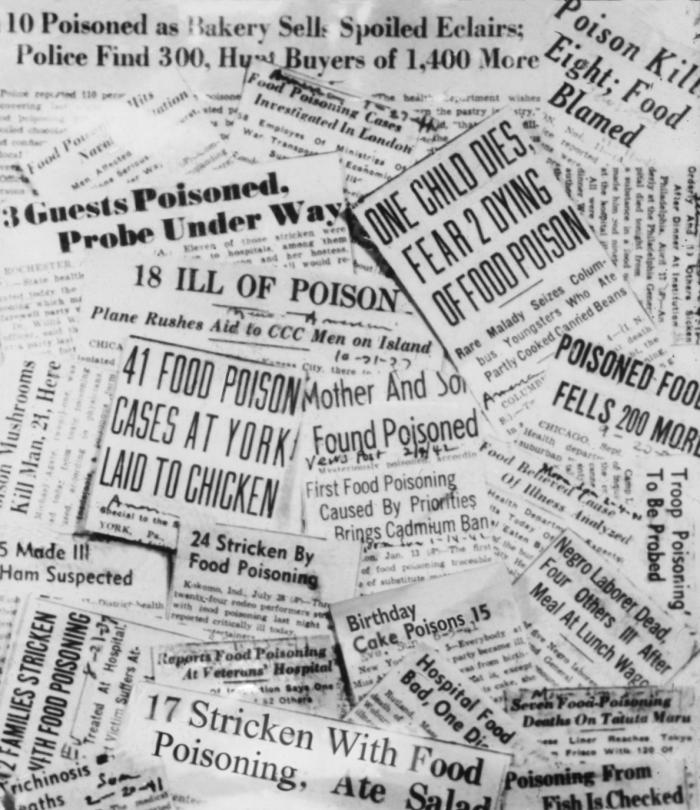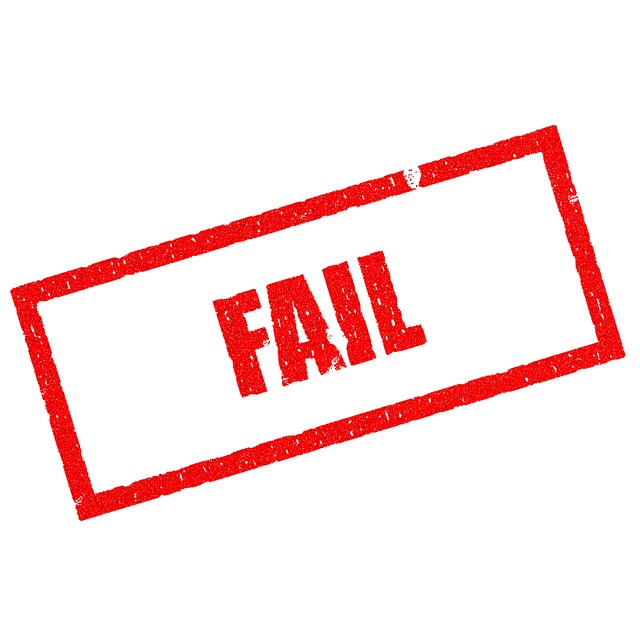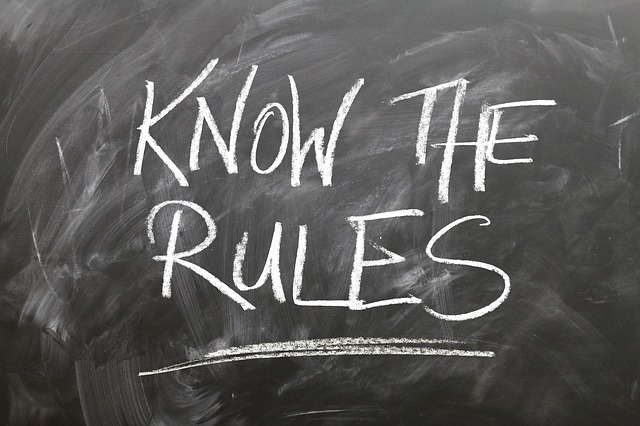
A professor of political science at the University of Porto in Portugal has had at least five papers retracted for plagiarism.
Or, as one journal put it, Teresa Cierco “carelessly uses parts of diverse sources.”
Cierco’s areas of research include Kosovo, Macedonia, and Timor-Leste. The retractions, for papers published in 2013 and 2014, began in 2013, with three happening this year.
Cierco told Retraction Watch that she now realizes that she “did things wrong and tried to correct them.”
Continue reading Political science prof up to five retractions after she “carelessly uses parts of diverse sources”







